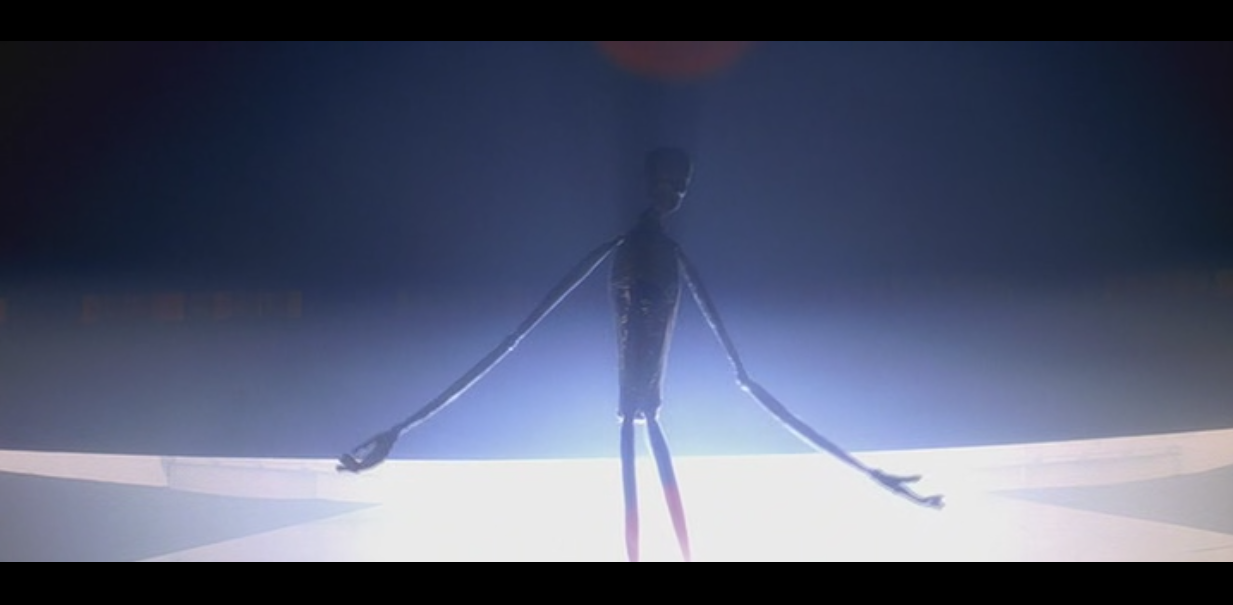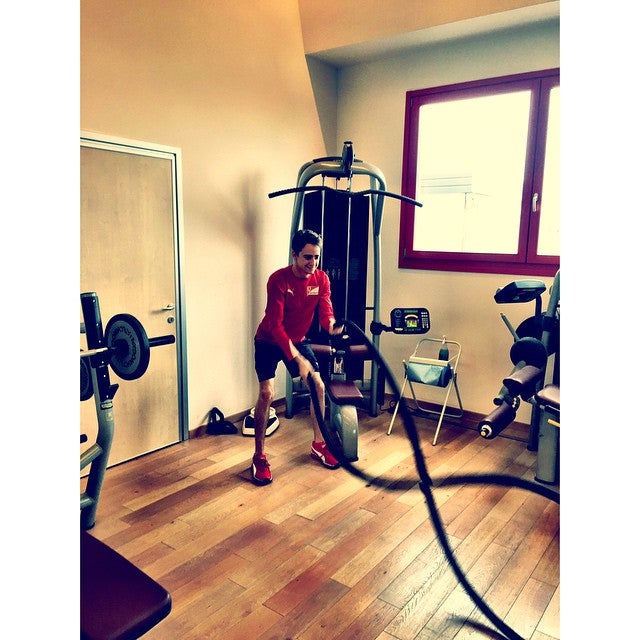 "OkCars- 22k Crossroads" (okcars)
"OkCars- 22k Crossroads" (okcars)
01/20/2015 at 22:27 • Filed to: None
 6
6
 10
10
 "OkCars- 22k Crossroads" (okcars)
"OkCars- 22k Crossroads" (okcars)
01/20/2015 at 22:27 • Filed to: None |  6 6
|  10 10 |

Them legs

F1 reserve driver esteban Gutierrez
 TheHondaBro
> OkCars- 22k Crossroads
TheHondaBro
> OkCars- 22k Crossroads
01/20/2015 at 22:31 |
|
 PatBateman
> OkCars- 22k Crossroads
PatBateman
> OkCars- 22k Crossroads
01/20/2015 at 22:32 |
|
Not sure if anorexic or skips leg day.
Both?
 The man in the iron mask
> OkCars- 22k Crossroads
The man in the iron mask
> OkCars- 22k Crossroads
01/20/2015 at 22:32 |
|
Big feet and shoes dont help
 OkCars- 22k Crossroads
> PatBateman
OkCars- 22k Crossroads
> PatBateman
01/20/2015 at 22:35 |
|
i think both + a poor diet
 PatBateman
> OkCars- 22k Crossroads
PatBateman
> OkCars- 22k Crossroads
01/20/2015 at 22:36 |
|
A poor diet would give him a pot belly. But, of course, I'm American, so...
 OkCars- 22k Crossroads
> PatBateman
OkCars- 22k Crossroads
> PatBateman
01/20/2015 at 22:38 |
|
so then a poor diet lacking protein and whatever else that helps you grow muscles.
 XJDano
> OkCars- 22k Crossroads
XJDano
> OkCars- 22k Crossroads
01/20/2015 at 22:44 |
|
He'd get eaten last
 orcim
> OkCars- 22k Crossroads
orcim
> OkCars- 22k Crossroads
01/21/2015 at 01:46 |
|
This is a brilliant example of form following function. Big feet for positive pedal placement, skinny legs because who needs more, arms that can whip cables around for hours. Race Car Driver design - totally.
 OkCars- 22k Crossroads
> orcim
OkCars- 22k Crossroads
> orcim
01/21/2015 at 03:44 |
|
On a driver, saving weight is key. But still, i dont know how those legs can brake the car. At full speed after a straight you need to apply something around 130-150kg of force on the pedal to brake. And if you apply brute force, you lock all four tires. You need to be progressive, which must be tireing lap after lap.
 orcim
> OkCars- 22k Crossroads
orcim
> OkCars- 22k Crossroads
01/21/2015 at 04:01 |
|
After my 4 day high performance driving course at Sears Point, I was *exhausted*. So I get what you mean. I'd like to suggest (and suggest only) that repeated actions have an energy of their own, until they don't "drain" you like others would experience if they didn't have those built-in mechanisms.
Besides, ever see the build on one of those free solo rock climbers - nothing to marvel one's eyeball. Until they flex and stretch and hold a position at high tension for 10 minutes, seemingly without tiring. I think it's like that.